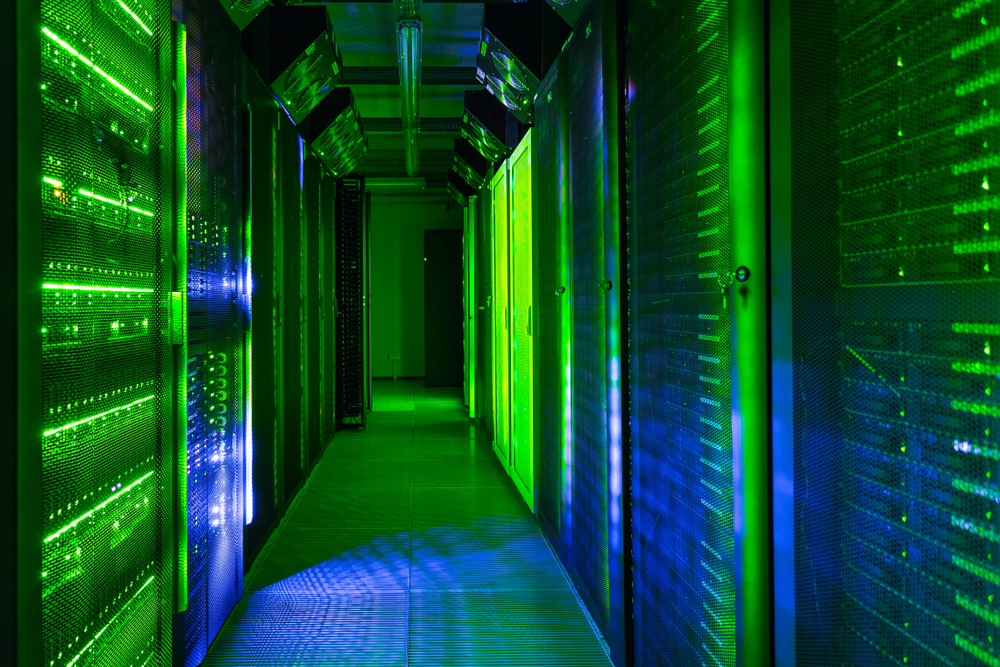
The education industry has undergone a technological revolution over the past decade, but there’s still one major shift on the horizon that brings together many of the technologies that have been pegged as revolutionary (augmented reality for example) – in fact it is essential for their success in the education sector. That technology is edge networking, and far from being a technical concept, it’s something that educational institutions and local governments rapidly need to understand and implement. The Edge offers the potential to enhance student performance, confidence, and mental wellbeing.
We define the Edge as the new experiences being enabled by edge technologies for teachers, students, employees, and any users of network services. Edge technologies allow the processing of data by devices at the edge of networks, which is where users and devices are. It is where things connect to the network, whether they are wired or wireless. The edge is where actions take place. Over time, these actions at the edge will become smarter.
The opportunity at the Edge is driven by many things, including smart applications powered by artificial intelligence (AI) and machine learning (ML), mobile devices, Internet of Things (IoT) technologies, data analysis, next-generation Wi-Fi, 5G communications, and “edge-to-cloud computing.”
The new edge network combines AI, ML, and automation to continuously learn, predict, and adapt to changes, needs, and threats in real time. The new edge network utilises technologies and software to make sense of the resulting insights, enabling businesses to act and respond, optimising the experience for the customer or user wherever they are. Pushing intelligence out to the edge will drive change in the design of our products, services, processes, and organisations, and transform how decisions get made – giving greater autonomy to the devices at the edge.
According to Gartner, edge computing will be a necessary requirement for all digital businesses by 2022. With potentially trillions of dollars being invested in the hope of generating huge economic returns, the argument for paying attention to the Edge opportunity is clear and the window for learning and action is narrowing.
Edge Technology – Transforming Education
The Edge offers the potential to enhance student performance, confidence, and mental wellbeing. Andrew Barnes, Director of Technology at Bryanston School in the UK, outlines the following scenario: The technologies provide the foundation for a boundary-less environment, where students are supported by AI that monitors, manages, and facilitates their learning experience and supports collaboration between students, enabling access to key resources, in the classroom or lecture theatre, across the facility, and in their home.
For example, in the classroom, AI would monitor indicators of students’ comprehension and comfort with the subject matter being taught. If a student is thought to be struggling, the system would provide additional explanation and guidance in the classroom, and then offer to replay video of critical parts of lessons and lectures during self-study outside the classroom. The system would also curate content from across the internet to help the student go deeper into a topic or find more understandable explanations and help bring complex concepts to life through simulations and AR/VR.
Personalised learning plans could be created and continuously updated from the data accumulated about the individual and their preferred learning styles and mediums. Teachers would monitor this and refine it in conversation with students and their parents. The teacher’s experience can also be enhanced through smart classrooms that promote collaboration and adapt to each educator’s preferences.
Exploring the longer-term potential for radically new approaches to education, futurist Bronwyn Williams highlights the critical role of the Edge technologies in changing the way we can access information wherever we are by “connecting human brains to the cloud.” David Wood suggests the use of “mobile devices and headsets by which people can join into virtual classrooms at any time” could further enable the notion of a boundary-less future of education. A Markets and Markets study emphasises three major growth factors for IoT in education: increased use of connected devices in schools and universities, eLearning, and widespread cloud-based solutions.
A range of new revenue opportunities is opening up that could make a major contribution to the finances of education institutions: capturing video of the best lectures and making them available for a micropayment to other institutions and individuals around the world; allowing external businesses and individuals to book classroom and laboratory space on demand to have their own meetings or work on developing their own ventures outside normal school hours; collaborating with other institutions to conduct expensive laboratory experiments – one partner could do the lab work while the others viewed or analysed it and shared the costs.










Discussion about this post